
Service design, product design, personal healthcare, behavioral change
Figma, Adobe illustrator CS6, Maya 2018, Arduino
We designed a wearable for posture correction for spinal cord injury patients with
Adelante Healthcare group
and i2CoRT.
The Sitbit system consists of a sensor mat, wearable, phone app and dashboard for therapists.
The system provides real-time feedback for posture correction and progress tracking.
This project was made together with three other industrial designers.

Many wheelchair users experience physical discomfort due to prolonged sitting and poor posture,
which can lead to pressure ulcers and back pain. For those with spinal cord injuries (SCI),
the damage can cause numbness to paralysis, making it difficult to adjust posture proactively.
Wheelchair users can improve their posture and relieve pressure by lifting their legs and adjusting their position,
but often forget to do so due to limited feedback in their lower body. To help, a wearable provides instant feedback
to remind users to change posture, allowing them to maintain autonomy and monitor their progress.
The use of wearable technology in healthcare holds great potential, as it can continually
improve in size, weight and cost and provides users with transparency and control over their
own data, improving communication between patients and therapists.
The overall process includes several iterations with exploration, design, and evaluation phases. Collaboration with Adelante and testing of prototypes was used to improve the design.
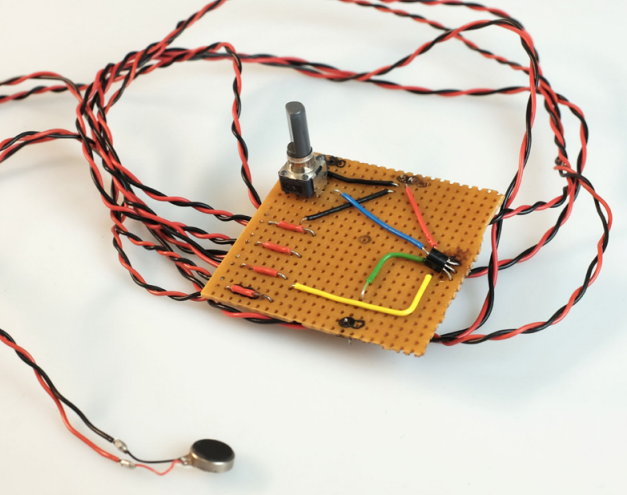
The iteration focuses on familiarizing with the user, context, and client by researching user problems and visiting a rehabilitation center. Ideas from research were transformed into physical prototypes (wearables) to improve posture, which received positive feedback. A Patient Journey was created in collaboration with i2CoRT to better understand the user context and frame the project within the rehabilitation process.
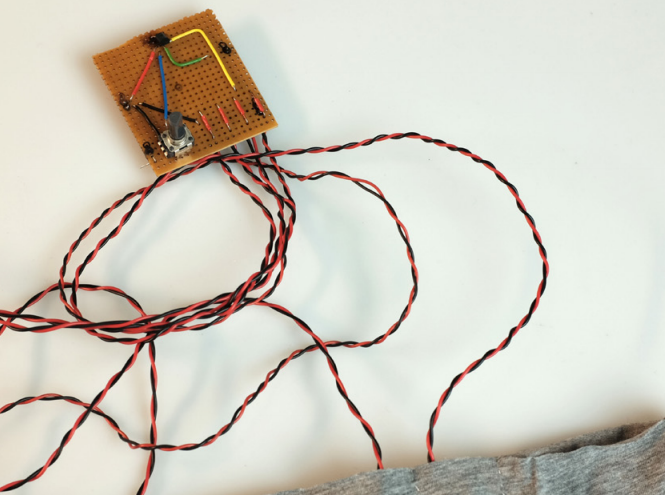
The second iteration aimed to narrow the project scope. Feedback from occupational and physical therapists at Adelante was gathered in a meeting. They highlighted the importance of tracking patient activities in rehabilitation. The original three ideas (wearable, back mattress, activity tracking) were combined but deemed too broad. The final decision was to focus solely on raising awareness with an intuitive wearable.
The third iteration tested prototypes and ideas at Adelante with improved versions of a phone app, bracelet, lighting wearable, and music wearable. Participants preferred an app over a wearable for ease, but desired a smartwatch. Results were contradictory as users preferred an app, but research showed notifications are ineffective in behavior change.

The goal was to find ways for an app to track progress and connect with therapists. Phone notifications were rejected
as they are one of many notifications a person receives. A system with a bracelet trigger was designed to provide
information and change. The system includes an app to track progress and a therapist dashboard connected to a pressure
mattress. The system received mostly positive feedback at demo days.
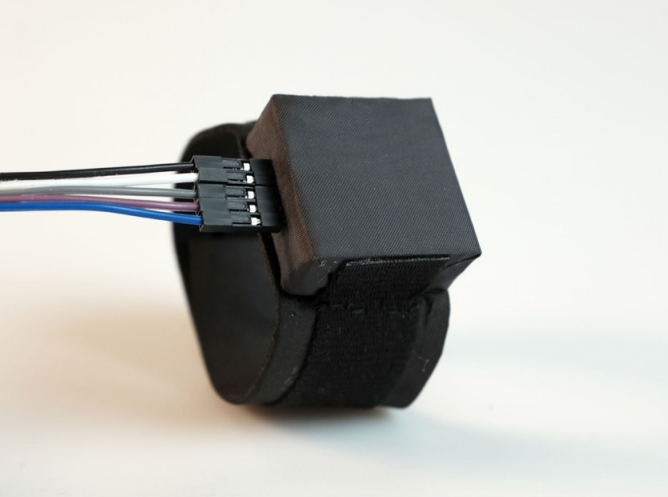
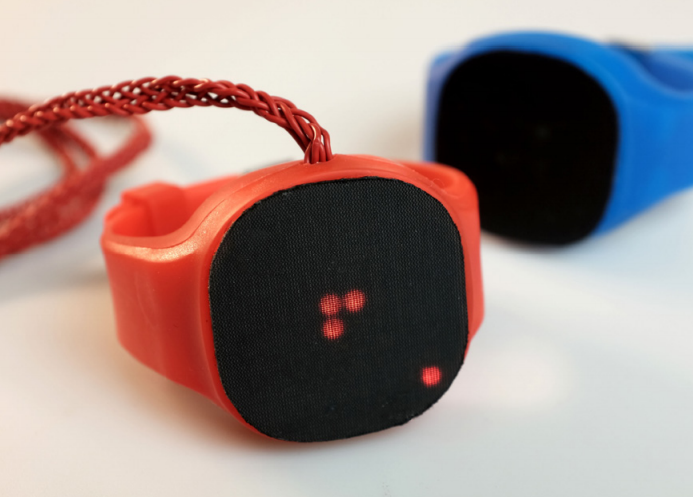
The Sitbit system consists of four elements: a sensor mat, a wearable, an app, and a dashboard for therapists.
The sensor mat measures risk factors for pressure ulcers and back pain, including temperature and pressure
distribution on the buttocks.
The wearable, which resembles a watch, vibrates to remind the user to change posture,
with a display showing the positioning of the user's buttocks.
The app provides users with progress tracking and
allows them to adjust settings and communicate with their therapist.
The therapist dashboard allows therapists to
monitor patients' progress and communicate with them through the app.
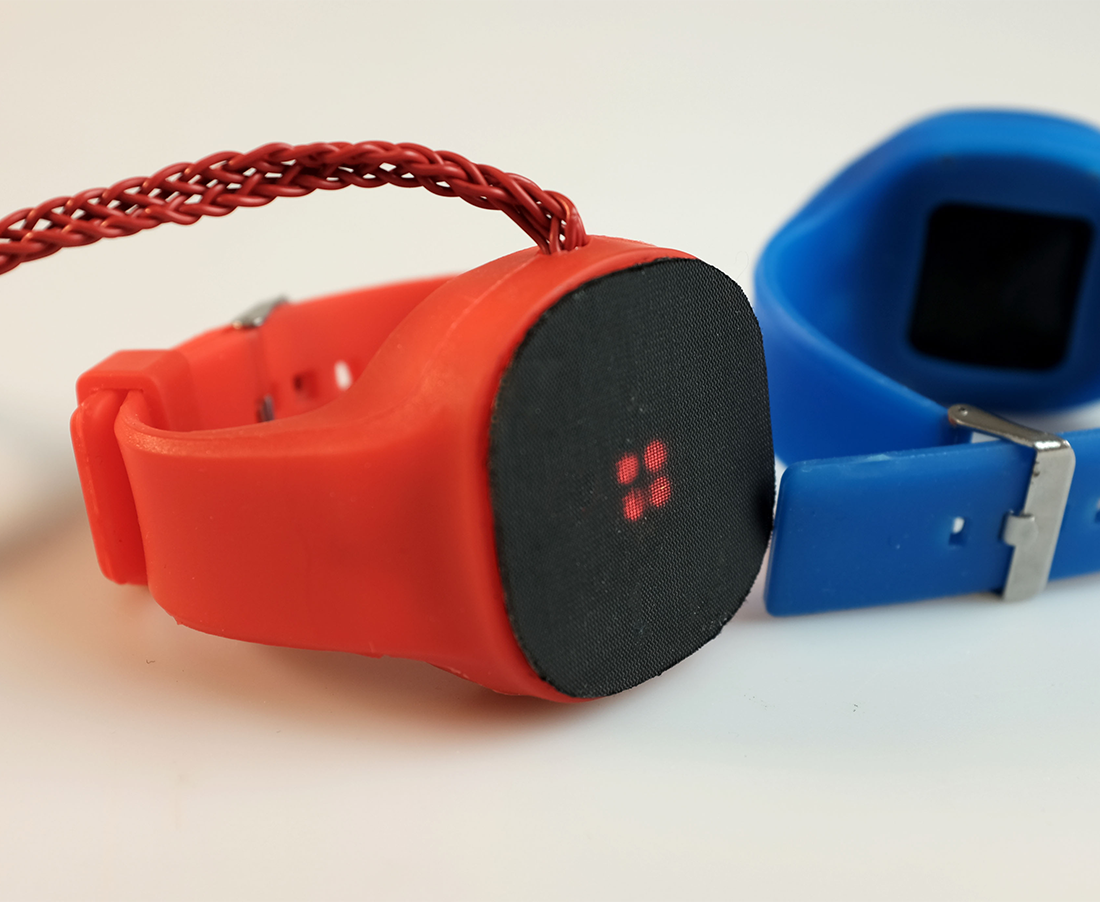
The wearable in the Sitbit system is designed for wheelchair users. It is similar to a watch and is worn around the wrist. When the sensor mat detects an incorrect posture, the wearable vibrates to alert the user. The built-in display shows four dots representing the user's buttocks and indicates the problem area. The user must center the dots by adjusting their posture, and the display will turn off when the problem area is corrected.
The app's main function is to provide users with an overview of their progress through graphs showing successful improvements over time. It also includes:
The chat window in the app connects to the fourth component of the Sitbit system, a therapist dashboard.
Therapists can track patient progress by logging into a web portal, personalizing treatment plans. They can
answer patients' questions or give advice through the built-in sessions window without the need for appointments.
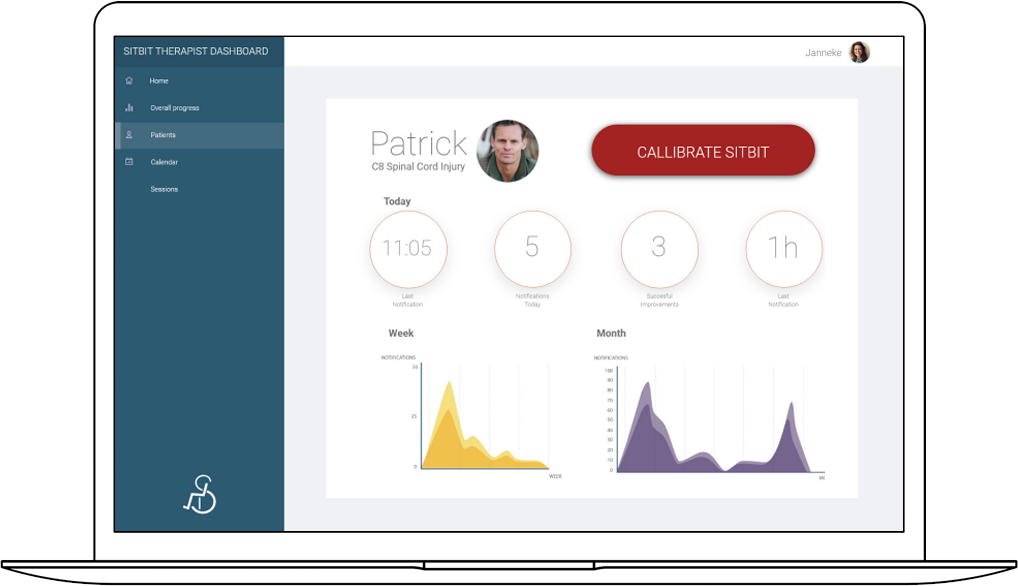
The Sitbit system is a promising solution for improving the posture and health of wheelchair users. The project followed a thorough design process, including user testing, and the final product integrates haptic feedback, real-time posture tracking, and efficient communication between patients and therapists.
Interested in this project and want to know more about it? Send me an email :)!